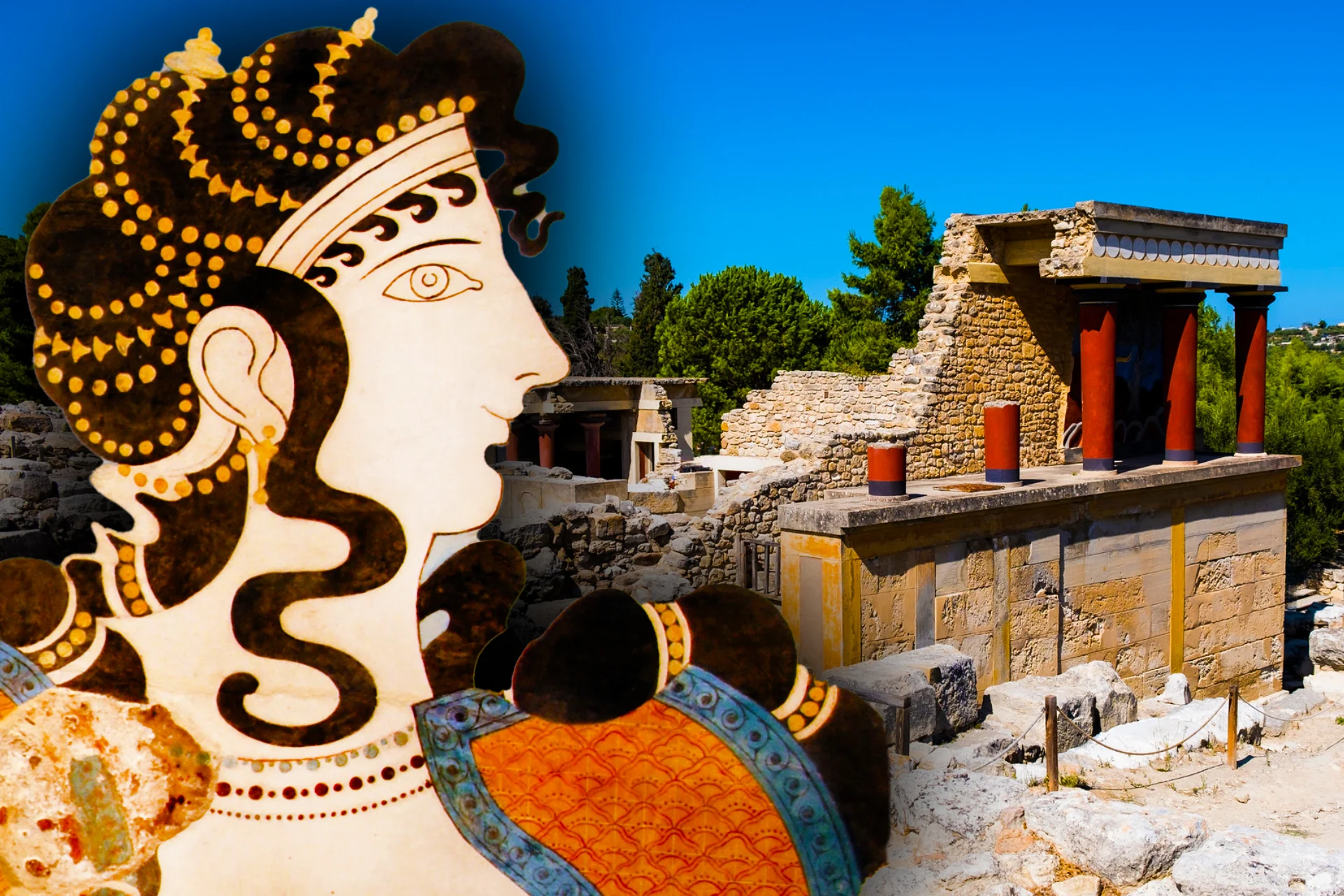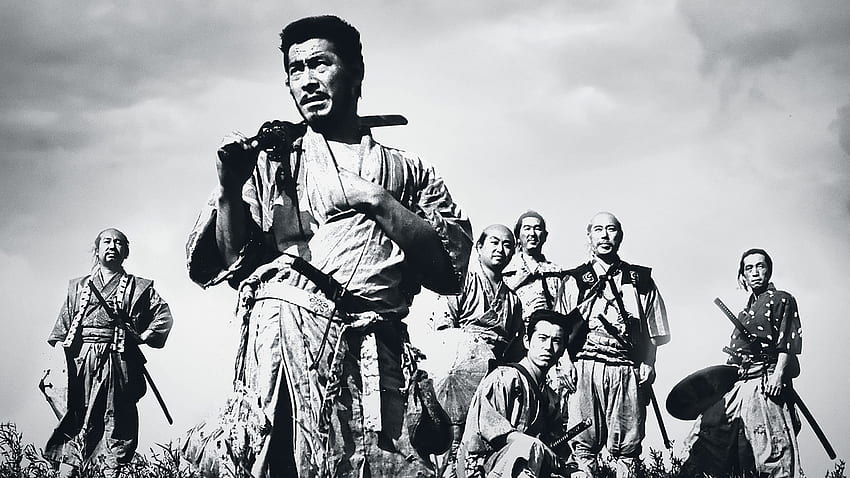reachfar.org – Crete, the largest and most myth-laden of the Greek islands, is a land where the past is ever-present. It is here, amidst the rugged landscapes and the azure sea, that the ancient civilization of the Minoans thrived, leaving behind a legacy that continues to captivate the imagination of people around the world. The Minoan civilization, named after the mythical King Minos, is shrouded in mystery and legend, blurring the lines between history and mythology.
The Minoan Civilization: A Glimpse into the Past
The Minoan civilization, which flourished from approximately 2600 to 1100 BC, is renowned for its advanced architecture, art, and culture. The Minoans were skilled sailors and traders, establishing a vast network of contacts across the Mediterranean. Their society was centered around palatial complexes, the most famous of which is the Palace of Knossos, believed to be the residence of King Minos and the mythical labyrinth of the Minotaur.
The Myth of the Minotaur
One of the most enduring myths associated with Crete is that of the Minotaur. According to Greek mythology, the Minotaur was a monstrous creature with the body of a man and the head of a bull. It was born from the union of Queen Pasiphaë of Crete and a magnificent bull, a curse inflicted upon them by the god Poseidon. The Minotaur was confined to the labyrinth at Knossos, where it was fed on the flesh of young Athenians sent as tribute to King Minos. The myth concludes with the hero Theseus, with the help of Minos’ daughter Ariadne, slaying the Minotaur and escaping the labyrinth.
The Legacy of the Minoans
The Minoans left behind a rich cultural heritage, evident in their art, pottery, and architecture. Their frescoes, characterized by vibrant colors and dynamic compositions, depict scenes from daily life, religious rituals, and mythological narratives. The Minoan artistry is a testament to their sophisticated aesthetic sensibilities and their deep connection to the natural world.
The Minoan civilization’s influence extended beyond Crete, impacting the development of other ancient cultures in the region. The collapse of the Minoan civilization around 1450 BC, likely due to a combination of natural disasters and invasions, paved the way for the rise of the Mycenaean civilization on the Greek mainland.
Exploring Minoan Crete Today
Today, visitors to Crete can explore the remnants of the Minoan civilization at numerous archaeological sites across the island. The Palace of Knossos, with its reconstructed facades and colorful frescoes, offers a glimpse into the grandeur of Minoan life. Other significant sites include the palaces at Phaistos and Malia, the sacred site of Palaikastro, and the Minoan town of Akrotiri on the nearby island of Santorini.
Crete’s rich tapestry of myths and history continues to draw travelers seeking to unravel the mysteries of the Minoans. The island’s ancient past, combined with its stunning natural beauty, makes it a unique destination that bridges the gap between legend and reality.
Conclusion
Crete’s myths and the legacy of the Minoans are a testament to the enduring power of storytelling and the human fascination with the unknown. The Minoan civilization, with its sophisticated culture and mysterious decline, remains an enigma that continues to inspire and intrigue. As we explore the remnants of this ancient world, we are reminded of the timeless connection between myth and reality, and the enduring legacy of the Minoans on the island of Crete.


